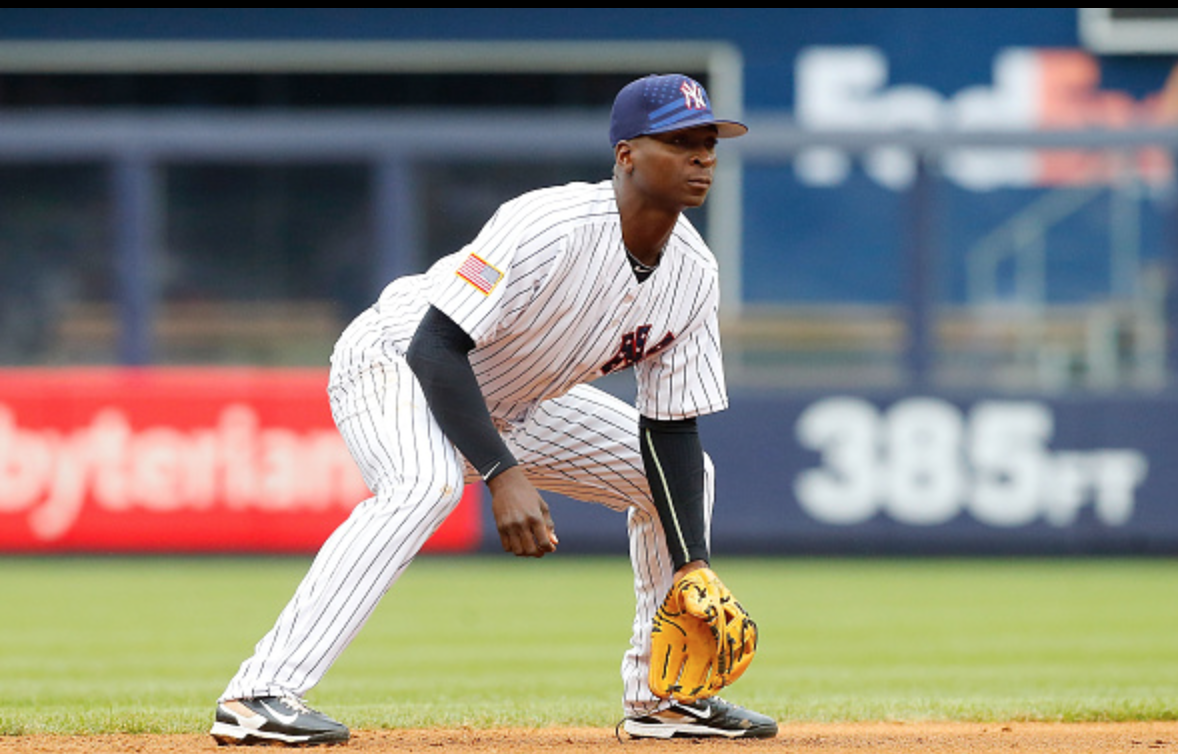Didi Gregorius isn’t awful at the plate anymore. He merely isn’t very good.
The shortstop won’t be winning any Silver Slugger awards anytime soon, but he has, at least, managed to salvage his 2015 season somewhat, as he’s hit .266/.305/.357 since June, improving upon the .221/.283/.297 line he had through the first two months of the season.
Nobody expected Gregorius to hit like Troy Tulowitzki in his first season in pinstripes, but the disastrous performance that Gregorius put up through the first two months of the season was significantly worse than the .243/.313/.366 line he had put up from 2012-2014 with the Reds and Diamondbacks. It now appears that Gregorius is returning to those production levels.
The most significant reason for Didi’s two month long slump was luck—or, more specifically, lack thereof. His batting average on balls in play (BABIP) through those two months was .254. Gregorius’s career BABIP entering 2015 was .280, and the league average’s is usually around .300, so this means Gregorius had an unfortunate streak of hitting the ball directly at fielders. However, his BABIP has come back up since then, returning to a normal level of .300 since June 1st.
Besides this, however, Gregorius has made small but definite improvements to his batted ball profile. He’s hitting 3% more line drives. He’s pulling the ball 4% more and his average exit velocity has increased by about 1 MPH. Specific improvement has come against “hard” pitches (pitches like fastballs, sinkers, and cutters), as his exit velocity has improved by about 3.5 MPH against those pitches. His line drive rate against those pitches has improved, and his whiff rate against them has dropped. All of this together seems to indicate an improvement in bat speed.
Didi has also been seeing more pitches in the zone since June 1st—45%, versus 41% in April and May. He’s therefore begun to swing at more pitches, and he’s made more contact with them. As a result, Gregorius now, coincidentally, has made contact with 45% of all pitches that he’s seen in June and July (in or out of the zone), versus 41% in April and May. This increase in aggressiveness and increase in contact has caused Gregorius’s walk rate to drop, but his strikeout rate has dropped as well.
Didi has most likely adjusted to the American League by now after playing two-and-change seasons in the National League. He’s also statistically regressing (or, in this case, progressing) back to his average production. Instead of being 39% worse than league average, as he was for the first two months of 2015, he is now just 18% worse than league average. As the Aruban native was 16% worse than league average for the first few seasons of his career, he’s now living up to his (fairly low) offensive expectations.




